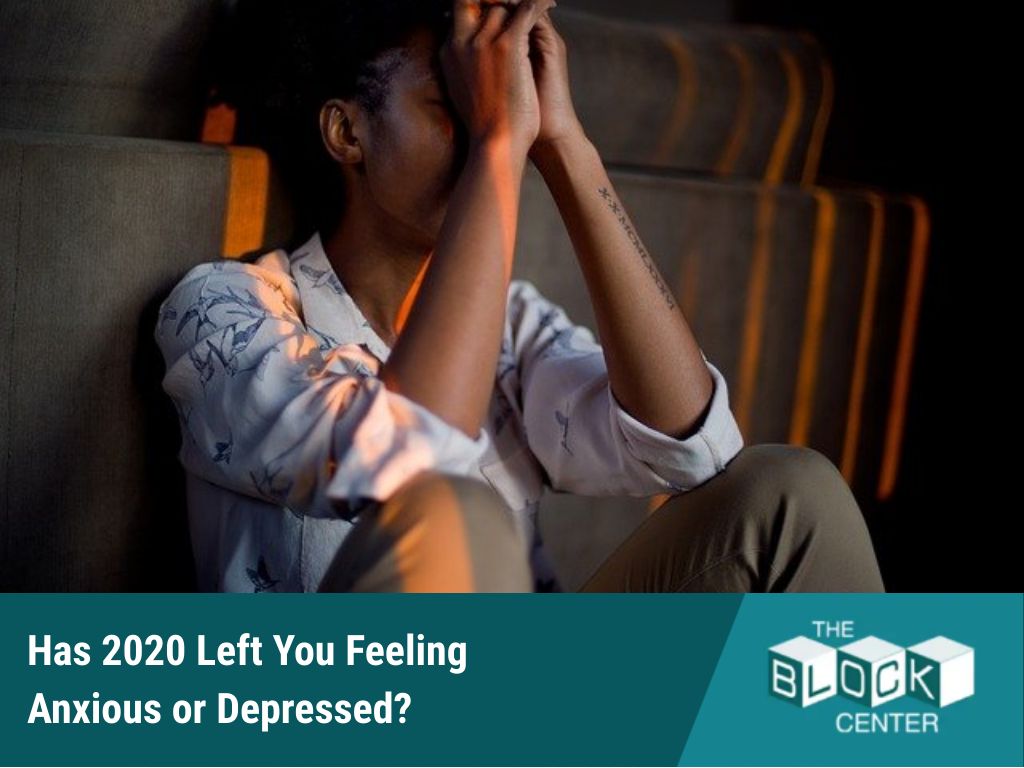The Block Center Clarity Chair In The News
Monday, Nov. 15, 2010
By Jan Jarvis Photos” Star-Telegram/Joyce Marshall
Integrated Therapies Helps Some Autistic Kids…
For Most of his life, 16-year-old Paul Bauer has spoken only gibberish and an occasional repetitive phrase. Connie Bauer sensed that her son wanted to say more, but she didn’t know how to help him find the words locked inside his mind. Since being diagnosed with autism as a toddler, he rarely spoke and made his needs known mostly by pointing at things.
Then, during a trip to the mall, something unexpected happened. Paul Bauer walked up to an attendant at a carousel and asked how much it would cost to ride. “He had never done anything like that before,” said Connie Bauer, of Grand Prairie. “Usually he would have just climbed on the ride.”
Bauer credits a 10-hour accelerated sensory integration program, which involves watching spots of light while listening to music, for the change in her son. He is now talking in sentences for the first time.
Sensori-motor auditory visual education, or SAVE, combines three therapies to achieve faster and better results than if they were used separately, said Dr. Mary Ann Block, who developed the program and has been testing it for years on patients in her Hurst office. Training the visual, auditory and motor senses together helps develop, retain and expand the ability to take in, understand and use information more effectively, according to Block, an author and physician who specializes in a natural approach to health.
“The brain is really elastic and flexible,” she said. “Given the chance, it can do amazing things.” To understand how sensory integration works, think about learning to ride a bicycle. “You don’t learn to do it just with your eyes,” Block said. “You need all of your senses.”
It’s the same with SAVE, which Block has used to help people with autism, Asperger’s syndrome and other conditions. College students and adults, with or without autism, have also benefited from memory improvements, reading concentration and organizational skills, she said. Block said she hopes to explore its effectiveness for adults with Alzheimer’s disease.
During a session, the client lies on a slowly rotating padded chair while following colored lights on a computer monitor overhead and listening to music on headphones. “The person just lies there, looks at the lights and listens to the music and it happens to them,” she said.
Bright lights affect people with autism in different ways. Some like the lights and show increased interest in high contrast; others find them less interesting or even aversive, said Dr. Susan Hyman, associate professor of pediatrics at Golisano Children’s Hospital University of Rochester Medical Center in upstate New York. Young children prefer high-contrast items, so lights may be novel in therapy, she said.
Along with the lights, music plays an important role during a typical session. Certain sounds are filtered out of the music, causing the ear to try harder to fill in the blanks, Block said.
The program draws on three well-known but controversial therapies used around the country for children with learning and behavioral disabilities. Auditory integration therapy was developed in the 1960s and gained popularity in the United States during the 1990s. While there have been numerous anecdotal reports of improved attention, language and comprehension, the “current available information does not support the claims of proponents that these treatments are efficacious,” according to a statement from the American Academy of Pediatrics. Improvements seen in common practice could be related to other factors such as maturation, repetition or enhanced self-regulation, Hyman said. Clinical trials are needed to evaluate these interventions. “I would not say that sensory intervention is not useful,” she said. “What I would say is interventions as practiced do not have a scientific basis.”
Insurance generally does not cover such therapies or educational programs. The Clarity Chair costs $2,500.
Block said she has seen improvements in everyone who has used the program.
“In some kids, we have seen changes the first day,” she said.
Scott Bauer, 18, who like his brother Paul is autistic, communicates more, and his teachers at Sam Houston High School say he is behaving better.
“He’s always been nervous, but now he is much calmer,” Connie Bauer said.
After her son Christopher went through the program, Katy Wood of Fort Worth said, she noticed that he was making eye contact more often. Christopher, 11, diagnosed with Asperger’s syndrome, appeared to be on a more even keel without the highs and lows of the past.
Soon he was initiating chitchat with family members and carrying on conversations. His sense of humor also blossomed.
“He was just sort of able to be there better than before,” Wood said.
Christopher, who described the therapy as a little like being in a sci-fi movie, said he doesn’t see himself any differently. “I don’t notice myself as much as everyone else does,” he said.
Paul Bauer, who finished the therapy last year, seems less frustrated now that he can communicate with others, his mother said. He really did want to talk, but all that came out was gibberish, she said. “Now he actually tells us stuff,” Bauer said. “It’s just so nice to hear him talking.”










